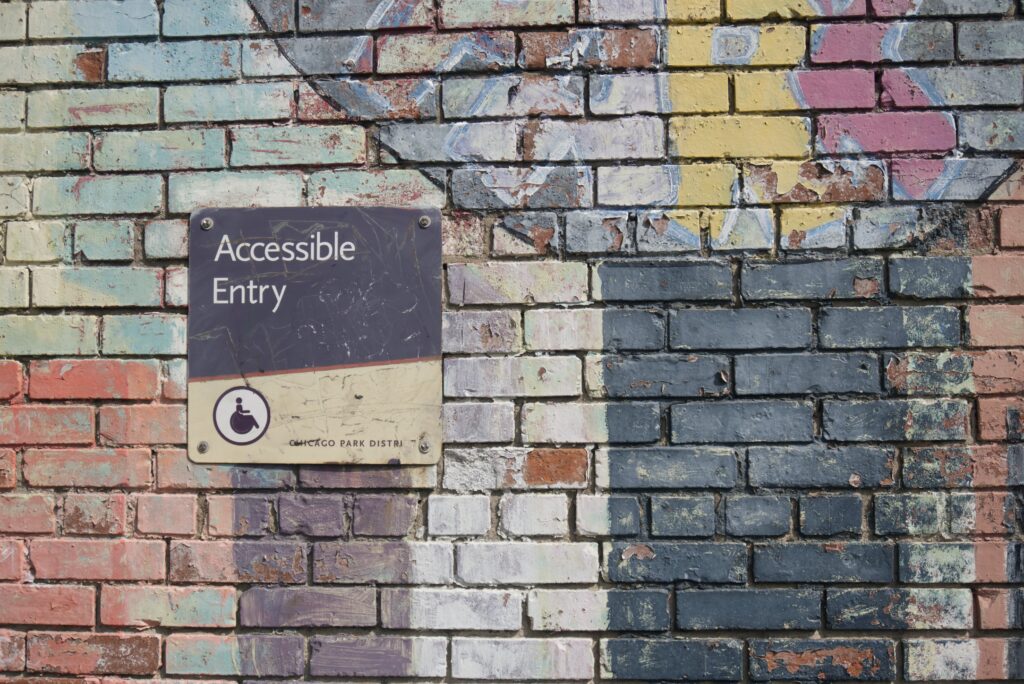by Beograd_A & Novisad_A

Relevance of the topic
The first topic that was taken into consideration and analysed with the goal of providing structure for further research was accessibility. Accessibility means that disabled people can do what they need to do in a similar amount of time and effort as someone who does not have a disability. It means that people can move freely, and will not be frustrated by something that is poorly designed or implemented.
Increasing the mobility of citizens is not only the establishment of relations in space and time, but it is a very important prerequisite for achieving social contact and independence of people. The integration of all citizens (regardless of their different physical, mental, and/or intellectual characteristics, abilities, and capabilities) in everyday life depends on adequate planning of the environment to increase their mobility and independence.
The challenge with accessibility in Danubian cities is that, historically, urban planning did not account for inclusivity to a degree that could meet the standards of today, which means that improving existing and creating new infrastructure that can accommodate the needs of all citizens (including those with disabilities) is one of the main goals of this workshop.
Overall, the focal area of research were historic centres of cities, as those areas are the least up to date with contemporary standards of accessibility.
Included cities: Budapest, Călărași, Novi Sad, Beograd, Krems, Lodz, Bratislava and Vienna
Common findings/Similarities
All of the chosen locations in the listed cities have major touristic and historical aspects. They are urban, crowded with very high efficiency and possess numerous public facilities. Most of them have narrow streets that do not meet today’s standards and are not planned to accommodate people with disabilities as well.
Common findings include mapping of this following inclusive spatial and architectural arrangements: accessibility, width of the street and belts of low and high greenery, adequate paving, street lighting, current condition of existing urban furniture, frequency and slope of ramps, parking spaces for people with disabilities, distance of pedestrian crossings from bus stops etc.
Conclusion
In the last ten years, in our larger cities, and mainly in their centers, the needs of users, especially people with disabilities, have been taken into account to some extent. In most cases, unfortunately, the interventions are limited to improving access at pedestrian crossings and introducing sound signals for the visually disabled at signalized intersections. It is certain that the causes of such a situation largely lie in unregulated regulations, inadequate and unsystematic planning and design, both facilities in general and elements of the street network, in accordance with the needs of all citizens.
In order to achieve the desired success in the field of accessibility, and based on the recommendations of the European Concept for Accessibility Network (EuCAN), it is necessary to provide the following key (interdependent) factors:
- Commitment of decision makers (without sensibility and commitment of decision makers changes at the municipal level are almost impossible, i.e. if the actions have the support of local decision makers then they have a much better chance of success)
- Coordination and continuity (municipalities should appoint a local accessibility coordinator who will ensure continuity of actions and control of their implementation)
- Networking and participation (it is necessary to connect all key organizations/public companies and individuals at the municipal level who can contribute to solving the problem)
- Strategic planning (without an adequate plan there are no results, and to that end it is necessary to develop master plans for accessibility, constant control and evaluation of what has been done)
- Knowledge management (transfer of acquired knowledge)
- Resources (provision of necessary resources by Municipalities – human, technical and financial)
- Communication and marketing (public relations are essential for sustainable success and recognition by the public)

